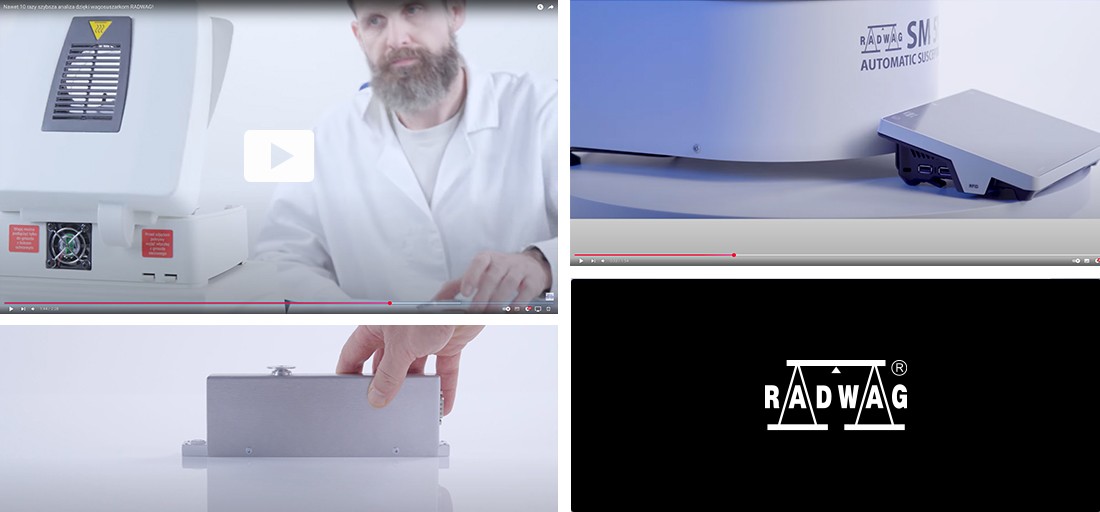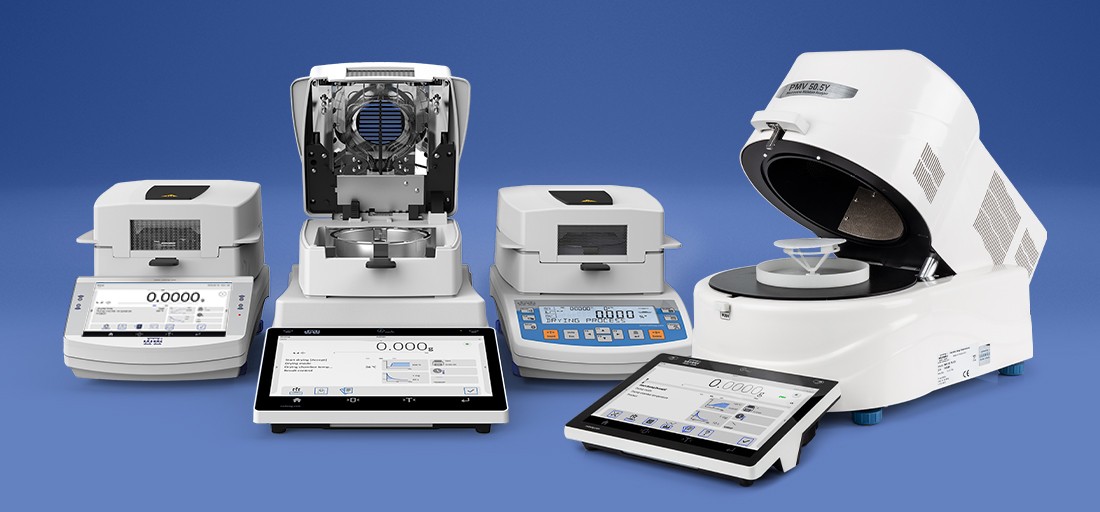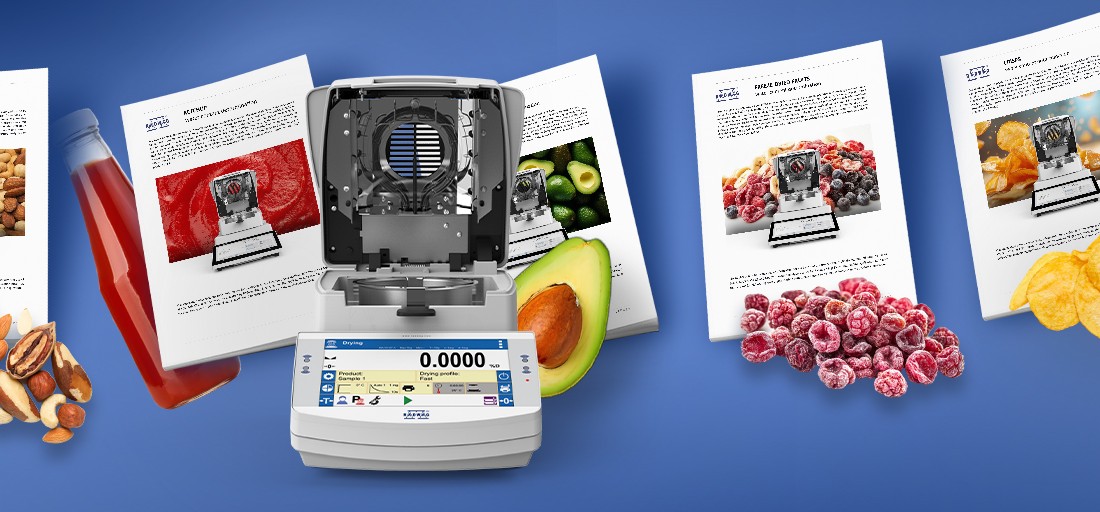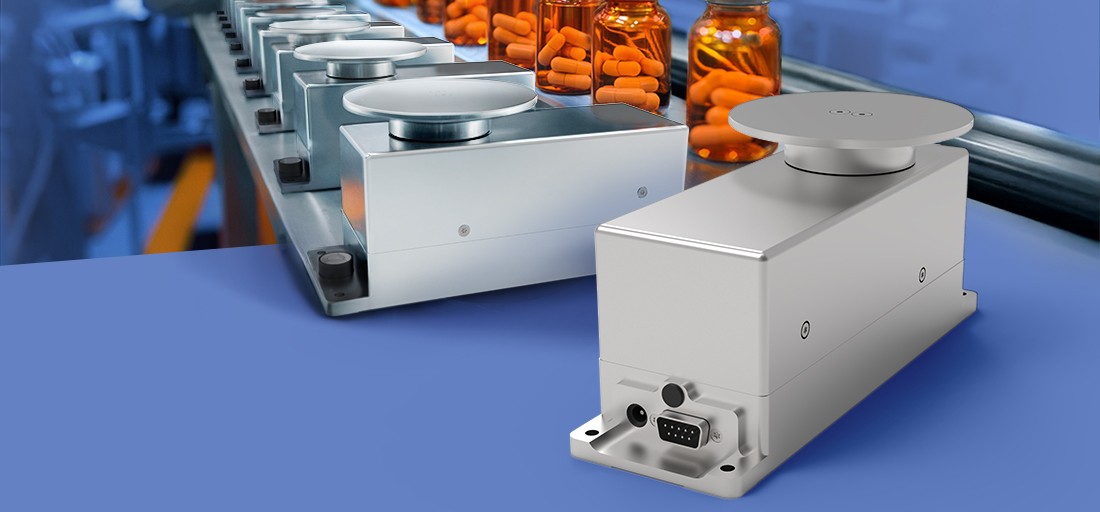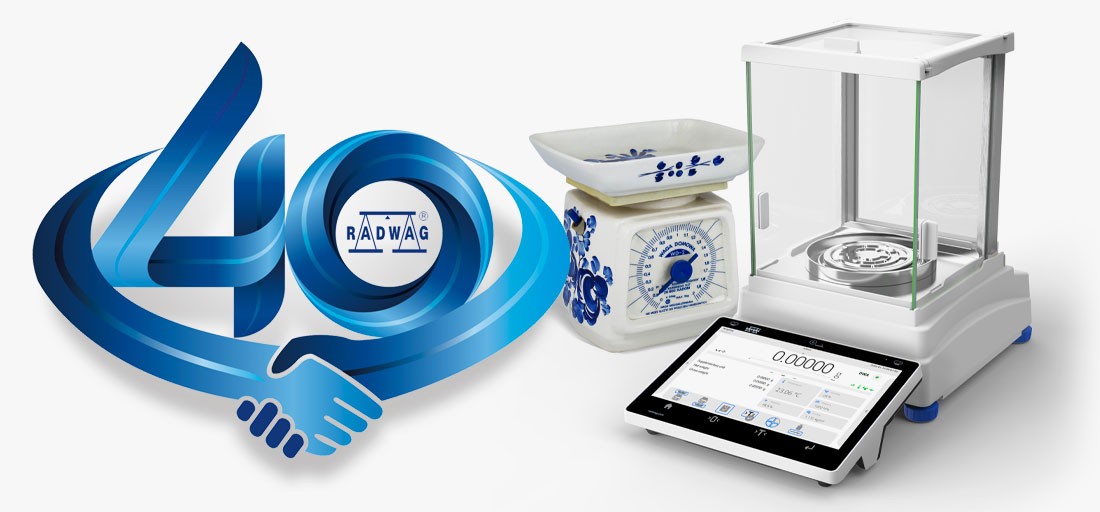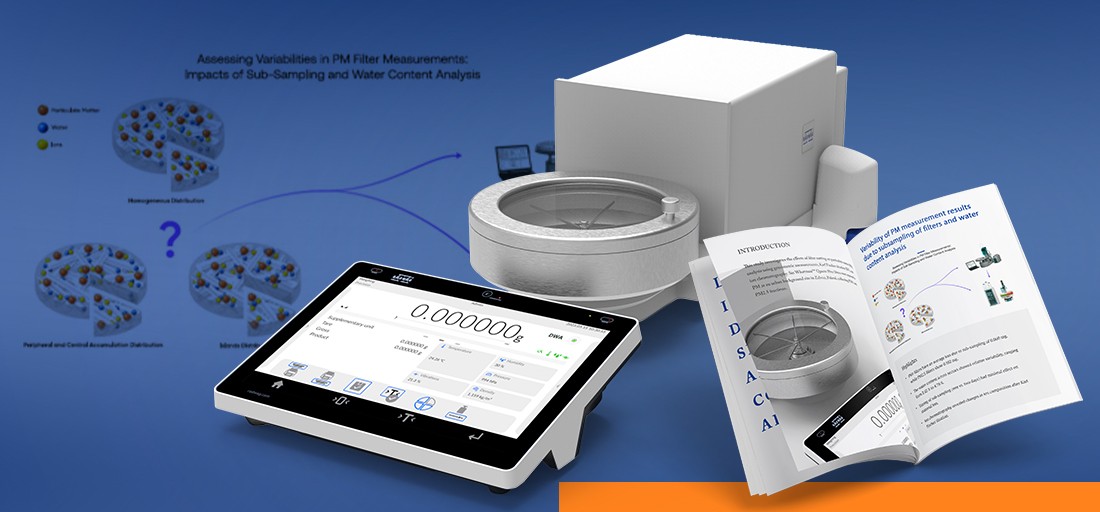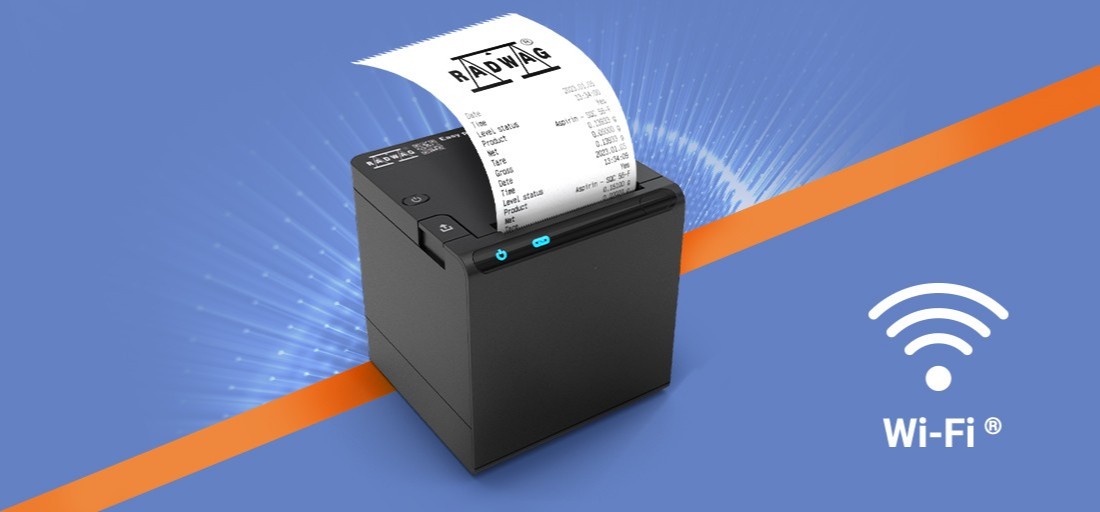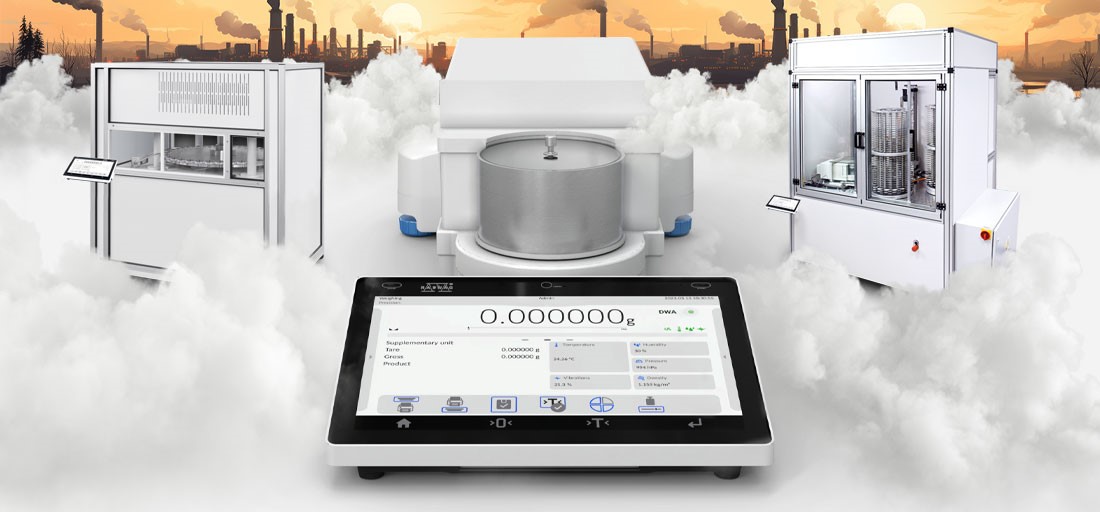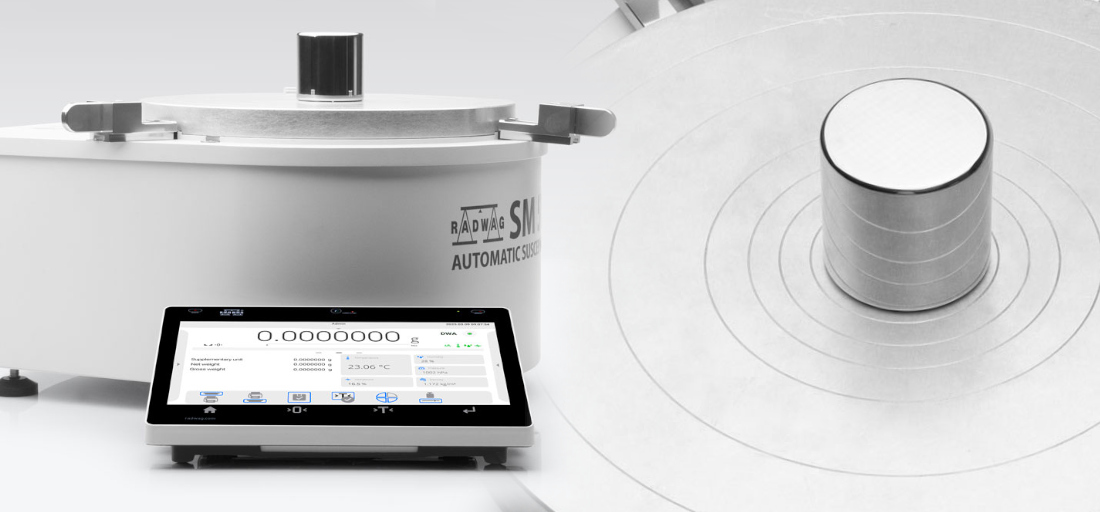HOW… Does the Parts Counting Function Work in RADWAG Balances and Scales?
.jpg)
RADWAG Weighing Instruments Feature Many Advanced Functions Such As Formulations, Animal Weighing or… Parts Counting. What Is the Parts Counting Function For and How to Use It?
What Is the Parts Counting Function Used For in RADWAG Weighing Instruments?
Parts counting is useful when you need to count a large quantity of items, especially small ones, as this usually makes the task even more complicated. Even if by some miracle you don't make a mistake when counting out a hundred screws (or maybe a hundred and two?) or a thousand buttons (or a thousand and nine?), you're bound to lose a lot of time. You will spend it more usefully if you switch on the parts counting function on RADWAG balances and scales, and let this intelligent device take care of you. Let's begin.
The Parts Counting Function – How To Use It?
Part counting can be used in RADWAG weighing instruments in two ways:
1. enter the mass of a single piece into the database and place any number of elements on the weighing pan. The balance or scale calculates the number of all items (it literally counts the pieces)
total mass / mass of a single piece = elements quantity
2. place a certain number of pieces (e.g. ten) on the weighing pan, enter their number in the balance's/scale’s dialog box; it gives the total mass of all of them (here: ten) and calculates the mass of a single piece on this basis.
total mass / elements quantity = mass of a single piece
The second method gives you the opportunity to use the autocorrection function (sample mass). What does it involve? If you place 100 pieces on the pan and enter their number in the dialog box, the balance/scale will calculate the mass of a single piece by performing a simple operation:
total mass / 100
Please note that the accuracy of the mass of a single element depends on the number of pieces involved in the process of determining the mass of a single element.
If you then place 70 pieces of the same item on the pan, the balance/scale will carry out autocorrection and calculate the mass of a single item based on the 70 pieces weighed. Autocorrection improves accuracy in counting individual elements.
The second method of applying the parts counting function is more accurate.
Which RADWAG Balances and Scales Feature the Parts Counting Function?
The parts counting function is included in all our laboratory balances and industrial scales.
Remarks
Whichever method you choose, remember that:
· the mass of a single piece must be at least twice the reading unit,
· you must weigh elements of identical or very similar mass,
· the parts counting function allows you to freely count off the items and to add or subtract any number of them.
So, how many screws were there? And the buttons?
If you have questions about the parts counting function in RADWAG balances and scales, our expert will answer to them.



